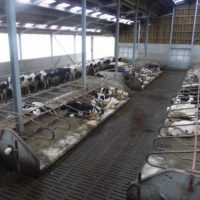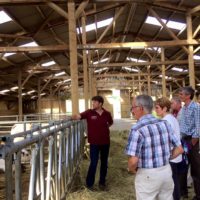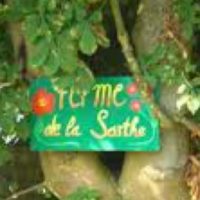Effective and better ley establishment after winter barley
Practice abstract
Description
A successful establishment of the grass sward is important for Magnus Nilsson, Eldsberga in south Sweden. He sows his leys in September, after harvest of an early crop like winter barley or rape. Clover establishment is known to be more risky in autumn. In previous trials, sowing in September has generally been considered to be too late in Sweden. However, this system shows the opposite, as the clover content is higher and more evenly distributed.
To be successful, the preceding crop has to be early maturing for early harvest. Winter barley and rape achieve this. Late sowing of ley is only successful where the climate is mild enough, which in Sweden means only in the south. A growth period is needed after sowing the ley for good establishment. A weakness is that a ley established in pure stand does not qualify for payment as an Ecological Focus Area in the current EU subsidy system. A ley established in the traditional way, undersown in a spring cereal, would do this. Apart from these disadvantages, there are many advantages in sowing ley in pure stands, e.g. less competition for the crop, no need for chemical spraying, which could suppress the clover, and no straw to damage the newly established ley plants.
Additional information
| Farming system | conventional farming |
|---|---|
| Domains of innovation | farm system |
| Main types of animal | dairy cattle |
| Country | |
| Product type | Practice abstract |
| Language | English |





